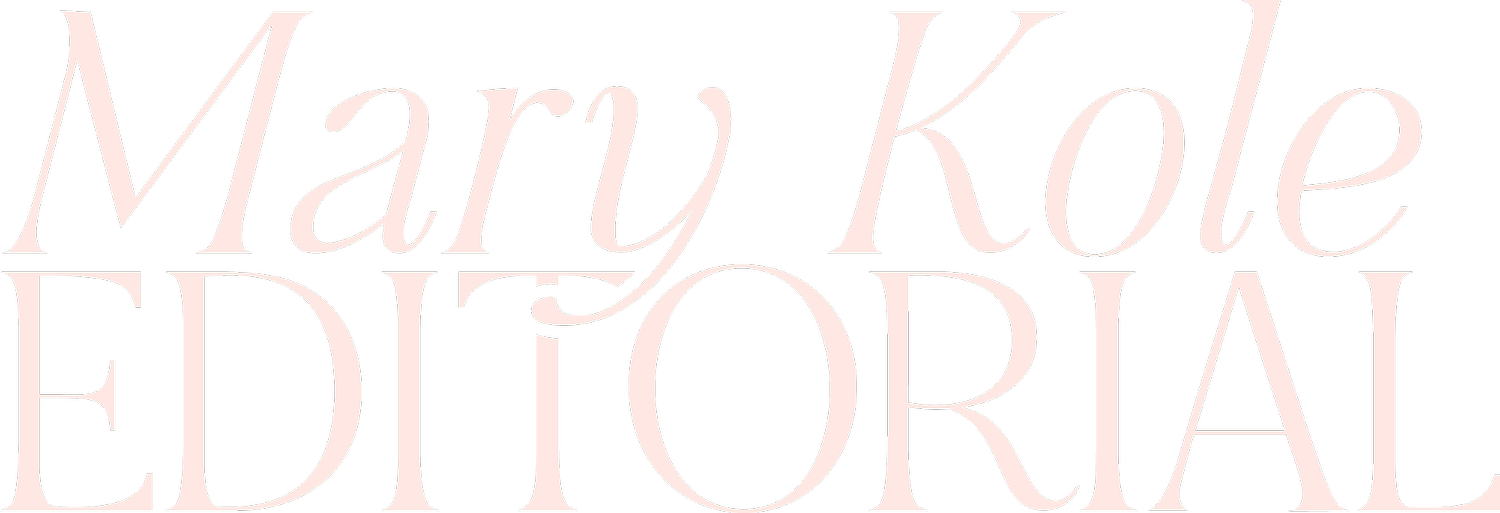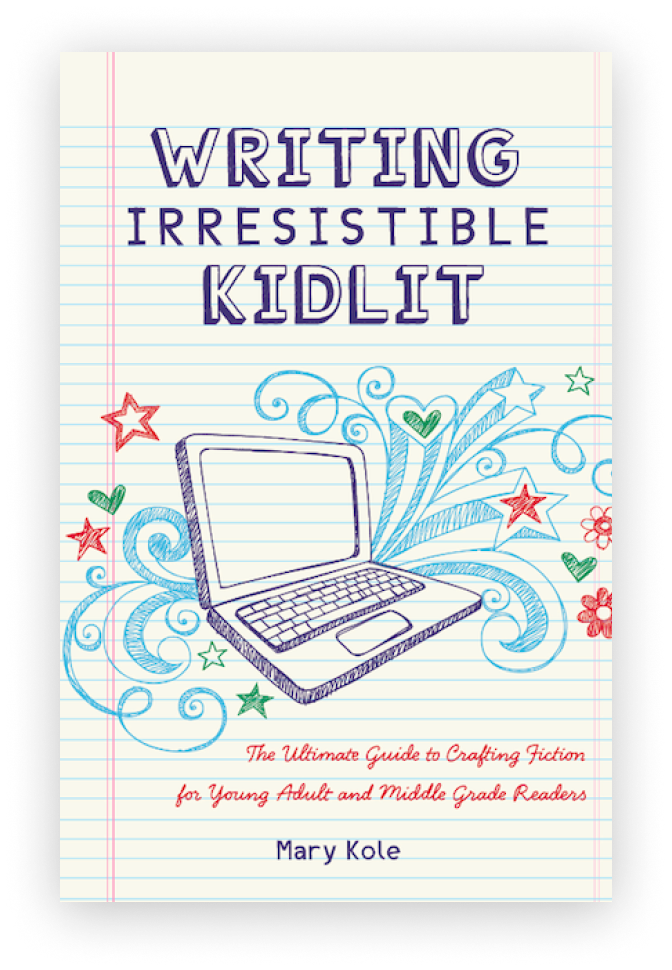How to Write a Retelling
By Mary Kole
Mary Kole is a former literary agent, freelance editor, writing teacher, author of Writing Irresistible Kidlit, and IP developer for major publishers, with over a decade in the publishing industry.
Writing a retelling of a well-known story can be an exciting creative exercise, or a daunting challenge. After all, readers know the classic stories they like and will gravitate toward new versions of a familiar book pitch, like Jane Eyre set on a modern university campus, or Cinderella told from the stepsister’s perspective, even if they’ve never heard of the author. But with the right approach, you can write a unique retelling that will make readers see a familiar story in a new light.
How to Write a Strong Retelling
The key to writing a successful retelling is to change one or more of the most crucial elements of the original story. Most retellings rely primarily on one of three strategies:
a new protagonist,
a new setting,
or a new genre.
When rewriting a story with a different main character, you should decide what kind of book idea you’re interested in writing—and whether you are attracted to a funny tone, a tragic one, or something else entirely. Which familiar ideas either fit or clash with the tone you’ve chosen? Pride and Prejudice and Zombies obviously pivoted a classic in a very different direction, and that’s what made this particular retelling fun. If you stick to the same tone and genre as the original, you may need to work harder to make your retelling stand out.
Once you’ve zeroed in on a style of story that you want to tell, pick source material for your retelling that would fit within that framework. Fairy tales and fables lend themselves especially well to retellings, perhaps because so many versions of each story already exist. Most of these tales were passed down through word of mouth, instead of stemming from a single source, so they naturally evolved over time. Are there favorite elements—from main characters to settings to plot points—in a well-known story that you feel you can do something with?
What Does an Author Bring to a Retelling?
When writing a retelling, it’s important to stay true to yourself, per the above advice. But you also need to make sure that you’re the right writer for the retelling you’re attempting. Think about your own life and the experiences that have shaped you most. How can you use those to mix with a familiar story and emerge as something completely new? What’s unique about the way you see the world? Why use a retelling framework and reboot a known story rather than starting with elements that are entirely your own?
Sometimes, an original story is more compelling than a retelling. And sometimes a retelling elevates a rather mundane original idea. But first, you need to know exactly what you hope to get out of writing a retelling rather than a brand new work.
You’ll also need to spend a lot of time with the source material—and with any other existing retellings—and see how you can pivot the material and make it fresh. Choosing the right source story for your retelling, then pairing it with a tone or storytelling element that resonates with you personally—will make the writing process much more rewarding.
Once you’ve gotten to know your source material well, it’s time to find a unique angle for your version of the story. Research the common genre tropes for the category you’ve chosen and make a list of the ones you like. Could you introduce any of these tropes into your retelling? How would they affect the original story? As long as you treat the source material that inspired you with respect, the only limit is your own creativity.
Ultimately, the most important thing is to tell a story that feels authentic to you. With the right approach, you can write a captivating retelling that will make readers see an old story in a new light.
This post contains affiliate links.

Click here to purchase Writing Irresistible Kidlit, my book on fiction craft for MG and YA novels, out from Writer's Digest Books. This will show you my writing craft philosophy and give you lots of valuable advice, including tips for the novel revision process and self-editing. There are over 35 example novels cited and discussed throughout. It’s a valuable resource for any writer’s toolkit.
Click here to purchase Irresistible Query Letters, my book on query letters, including over forty examples with comprehensive notes on each one. There’s a ton of submission advice, best practices, and insider information in these pages, and you’ll really enjoy seeing what other writers are doing in the slush.
Click here to purchase Writing Interiority: Crafting Irresistible Characters, my book on interiority and character creation. Explore your protagonist’s thoughts, feelings, reactions and interpretations, expectations, and inner struggles to create a rich, immersive experience. This guide will empower you to create characters who live and breathe on the page, fostering an unbreakable bond with your audience.





